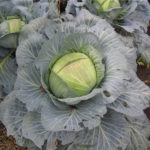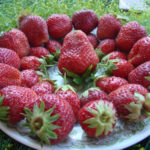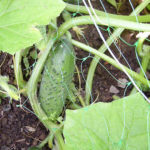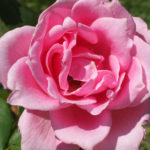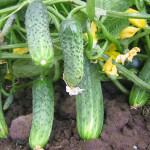Rose Barock
Hans Jürgen Ewers, impressed by Austin's famous English roses, created his unique collection of nostalgic roses. This is how a series appeared that united varieties that conquered rose growers with a unique ancient flower shape and a pronounced aroma. One of the most worthy representatives of this type is the beautiful Baroque.
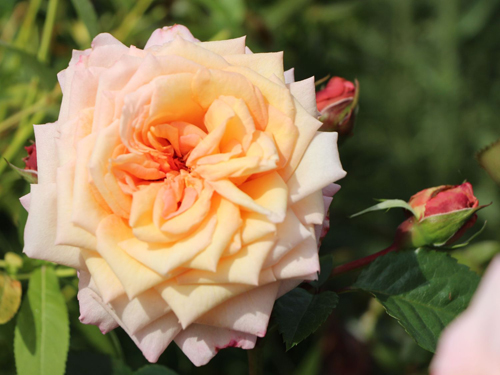
History of creation
This delicate beauty of apricot color was presented by Tantau in 1999. Florists around the world immediately noticed a new product called Barock (it is also a registered trademark), or Baroque, which perfectly reflects the appearance of the variety - ceremonial, luxurious, even a little pretentious. The unique code is TANbak. The variety belongs to climbers, climbing varieties that always occupy special places in gardens.
Description
The plant is quite tall - from 1.5 to 2.0 meters, but this height is often easily exceeded. The bushes are dense, dense at the base, but not too spreading - 1.0 meter wide. Shoots are powerful, strong, prickly. The thorns are large, symmetrically located. Young shoots are usually colored dark red. The foliage is good. The foliage is healthy, large, dark green, leathery, glossy. The rose blooms singly or in small inflorescences of 3 (sometimes more) buds. Rose growers often note that inflorescences are formed along the entire length of the shoot. Therefore, the bush is covered with flowers almost from the very bottom to the top, which makes it look charming.
The Baroque flowers are unique in their beauty. They can hardly be called elegant, like hybrid tea, but they look very rich and luxurious (which reflects the spirit of the old varieties). The size of the Barock flower is not too large, but not small either - about 8 - 12 cm, well filled, consists of 65 - 75 petals, therefore it is considered densely double. Opening, the bud dashingly turns away petal by petal, so at first it looks a little disheveled. But when fully opened, it is composed of numerous tiers of delicate petals with curved edges, it is an amazing sight. The shape is old, cupped. Towards the end of flowering, the middle may appear. Our heroine is painted in shades of yellow and apricot, sometimes with a delicate salmon tint. At the end of flowering or in very bright sun, the color becomes creamy yellow. In addition, the temperature of the air can affect the color of the petals - if the weather is cool, then pink shades will prevail.
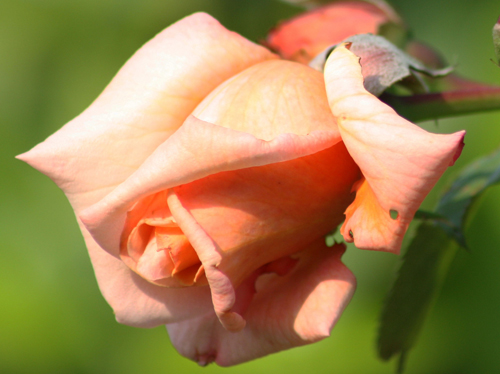
Flowering period
The baroque belongs to the re-blooming roses, which actually explains its belonging to the climber. Bud formation begins in late spring, the process lasts until the onset of cold weather. Rose growers celebrate two or three floral waves, in between which one can observe single buds. Gardeners call one of the advantages of the variety its abundant flowering, which is not affected by weather conditions. But, unfortunately, the flowers on the bush do not last long after full disclosure, about 3 - 4 days. The faded heads do not look very neat, so they need to be removed from the shoot in time. A pronounced aroma also adds charm to our heroine. True, the attitude towards him is ambiguous. Some describe the aroma as fresh, delicate, sweetish, with hints of spices - cloves, cinnamon, coriander. True, it is noted that in hot weather the smell can be somewhat intrusive, thick. For some, it evokes an association with an expensive men's perfume, complemented by notes of wood, lime and tobacco.
Characteristics
- Barock blooms the next year after planting, but enters full force by the age of three.It is then that the luxury of culture can be appreciated;
- frost resistance very good, USDA zone 5 (USDA system adopted). The rose can withstand winter temperatures from -23.3 ° C to -28.9 ° C. Although some gardeners noted that in the Moscow region the plant can freeze slightly;
- but even if Baroque suffered in winter, it grows and recovers very quickly;
- immunity is beyond praise. High resistance to powdery mildew and black spot. Rose growers are happy to confirm this characteristic, calling the variety one of the most resistant to fungal diseases;
- resistance to rain is average. According to the originator, individual flowers may suffer during the period of prolonged rains. Some rose growers confirm this, but other reviews often say otherwise. During the period of prolonged rains, accompanied by a drop in temperature, the buds rot, the densely double heads become too wet, the level of rose bloom decreases;
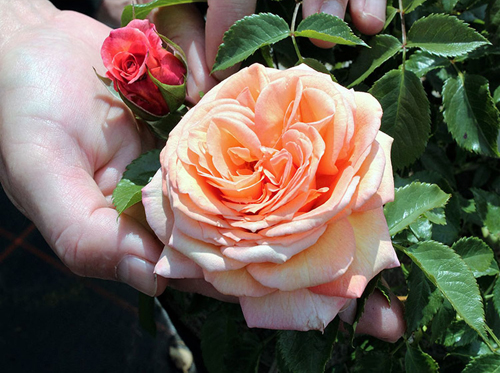
- the plant is more tolerant to heat, only possible color fading is noted in the sun, and even then it does not spoil the flower at all;
- unfortunately, the variety is not very suitable for cutting, since the flower lasts a very short time in opening.
Planting and leaving
Depending on the region, planting is carried out in the fall or spring. It is better to choose a sunny plot, but even in partial shade, Baroque is able to surprise with beautiful colors and flowering. The soil must be kept in a moderately moist state, avoiding overdrying or waterlogging. In the spring, the culture will start growing faster after feeding with nitrogen, during the flowering period it will thank you for the phosphorus-potassium fertilizers. Despite the good resistance to fungal diseases, do not neglect the preventive treatment of the rose, especially in wet weather. In late autumn, you should cut off green, unripe shoots, as they may die. If possible, remove and lay the lashes on a substrate of dry grass, cover on top with non-woven covering material and spruce branches. If the shoots are woody, and it is impossible to bend them, wrap them with covering material and leave them to winter in an upright position.
Baroque, of course, can be capricious, but only at the beginning of growth. It is not for nothing that many rose growers call it their favorite variety, and not only for its luxurious appearance. The plant is resistant to diseases, which favorably affects the demonstration of external data, and the rose grower greatly facilitates care. Barock has good frost resistance, but it can freeze in cooler regions. Before planting, keep in mind that climbing culture requires support, so it is perfect for decorating arches, pergolas, decorating gazebos, fences and walls. Many growers grow our heroine like a scrub, thanks to rather strong shoots and good bud formation. True, if you plant a rose in a draft or too windy area, the lower part of the bush may be exposed.
